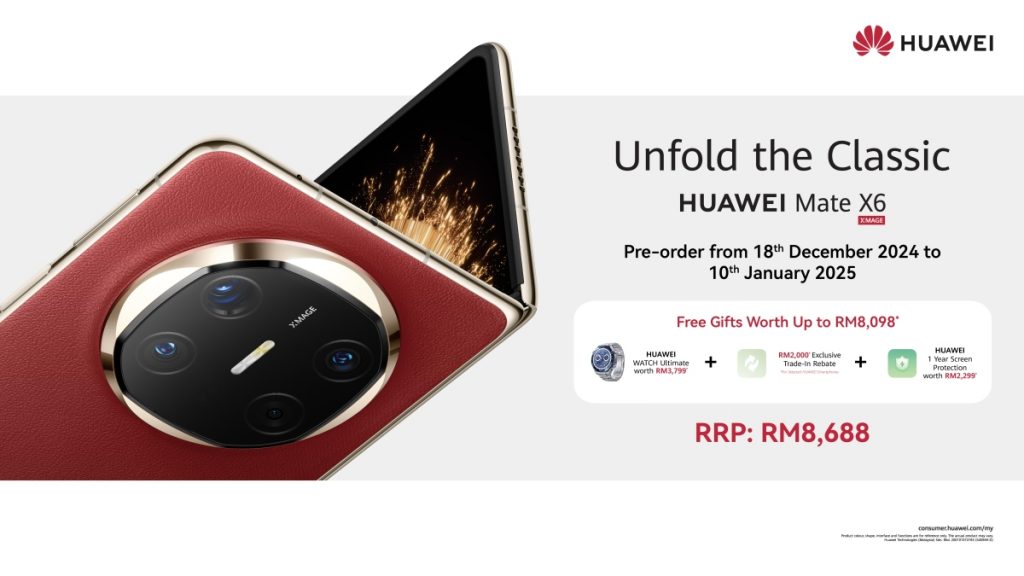If you’re looking for a way to easily add a little extra juice to your batteries, you might be interested in the flexible thin-film solar panels created by BougeRV. Thanks to its flexible design, the Solar Panel Corporate Kit can be easily mounted to curved surfaces with either easy stick adhesive already applied to the back of the solar panel or using pre-drilled mounting holes.
BougeRV let us check out its hands-on Yuma 200W CIGS thin-film flexible solar panel. Having used a variety of different solar panels on boats over the years, I was a bit skeptical about how flexible the panel was and how easy it was to install. As you will see in this review, the board is very flexible and has a durable construction that can be easily mounted to any curved surface whether that be in your caravan, RV, boat, or anywhere else for other fancy projects.
Yuma 200W solar panels
At the heart of the Yuma 200W panel is the CIGS, or Copper Indium Gallium Selenide Technology. Not your typical solid state solar cell, CIGS is a modern thin film technology that extends the life of solar panels and enhances their photosensitivity. Results? A durable, flexible panel that pushes the limits of current solar technology.
Yuma 200W flexible solar panel features
- Lightweight and durable: Easy to install and transport, designed to withstand impact and withstand transportation wear.
- High performance in different conditions: It efficiently generates power even in low light or shady conditions, making it a reliable power source.
- Slim and aesthetically pleasing: The slim design enhances the aerodynamics and overall aesthetics of the installation.
- Very flexible: It provides a 360-degree range of motion, enabling installation on a variety of surfaces, including uneven surfaces.
- Ease of installation: Comes with pre-drilled holes and grommets on the corners for easy installation using brackets, suction cups, or adhesive tapes.
- crack resistance: Unlike conventional monocrystalline solar cells, Yuma’s 200W CIGS Flexible Solar Panels are crack resistant.
- Improved energy yield: It performs better at higher temperatures with CIGS technology, which increases overall energy yield.
- Versatile application: It can be installed on a wide variety of surfaces, including trailers, trucks, boats, tents, and rooftops, and it can also function as a portable solar panel.
- Advanced CIGS Technology: It uses Copper Indium Gallium Selenide (CIGS) technology to ensure improved light sensitivity and extended shelf life.
Yuma 200w is equipped with two cables, one is positive connection on the right and one is negative connection on the left, the length of each cable is 900mm 12awg.
Lightweight and flexible
One of the main features of the Yuma 200W solar panel is its lightweight design. Weighing in at just over 7 pounds, this panel is easy to install. With pre-drilled holes and grommets in the corners, you have the flexibility to attach them using brackets, suction cups, or adhesive tapes. Its lightness also makes it an ideal companion for portable power solutions, making it a truly versatile addition to your outdoor power needs.
Thanks to its ultra-thin profile, this pad can bend at 360 degrees. As you can see from the pictures provide examples of their flexibility. the Solar panel Yuma 200 watts It can match almost any surface. From the uneven roof of an RV to the curved roof of a boat, or caravan roof, the panel’s adaptability ensures that solar energy can be harnessed from a wide number of locations.
With the durability inherent in CIGS technology, this solar panel can handle impacts, withstand transportation, and even continue to operate if partially damaged. Check out the video below to learn more about the difference between flexible and rigid solar panels.
Yuma 200W CIGS Spec
- SKU: ISE138
- Max Power (Pmax): 200 ± 5 % W
- Operating temperature limits: -40℉ ~ +185℉
- solar cell efficiency: 16%
- Series fuse classification: 10 a
- the above. Power Voltage Vmp (V): 25 ± 5 volts
- Pmax temperature coefficient: -0.38%/℃
- the above. Puck current power (A): 8.02 ± 5 % a
- Voc temperature coefficient: -0.28%/℃
- Open circuit voltage (V): 31.5 ± 5 volts
- Isc temperature coefficient: -0.008%/
- Short Circuit Current (Isc): 8.64 ± 5 % a
- Dimensions: 2685.60.06 in
- the above. system voltage: 1000 volts DC
- Weight: 7.05 lbs
- Warranty Description: 18-month limited warranty
- Product Type: solar panel
BougeRV recommended PWM controllers:
- 10A ISE132
- 20A ISE135
- 30A ISE136
- 40A ISE119
Solar panel charging performance
One would think that with its focus on flexibility and portability, the Yuma 200W panel might dent the performance. Well, you’ll be happy to know that’s not the case. Not only is this solar panel more efficient in low-light conditions, but it can also generate up to 38% more power on a cloudy day compared to traditional monocrystalline panels. This feature confirms its all-weather adaptability and establishes itself as a reliable source of energy.
If you’re wondering how to use the Yuma 200W with a backup battery module, it’s relatively simple. Solar panel open circuit voltage (31.5V) and short circuit current (4.32A) allow direct connection. You’ll need a suitable charge controller and wiring, of course, which brings us to the topic of compatible PWM controllers. Depending on the needs of your system, you can choose among controllers such as the 10A ISE132 or the 40A ISE119, among others as recommended by BougeRV.
What is the difference between monocrystalline vs copper indium gallium selenide (CIGS)?
Monocrystalline technology
Monocrystalline solar cells, often referred to as mono cells, have been in use since the early days of the solar energy industry. They were developed in the 1950s and are the oldest type of solar cell technology.
Monocrystalline cells consist of a single crystalline structure. They are easily recognizable by their uniform, dark color, and rounded edges. The manufacturing process involves cutting cylindrical silicon ingots into thin wafers to make individual cells. This process ensures that the cells are pure, which increases their efficiency.
The main advantages of monocrystalline solar panels are their high efficiency and long life, which can often be 25 years or more. However, they are generally more expensive to produce due to the complex manufacturing process and the use of higher purity silicon. Monocrystalline solar panels are generally less flexible and heavier than their thin-film counterparts.
Copper Indium Gallium Selenide (CIGS) Technology
CIGS technology, a kind of thin-film photovoltaic technology, emerged in the 1970s and 1980s, after several decades of development of monocrystalline cells. It was part of an effort to find a cheaper and more flexible alternative to silicon-based solar cells.
CIGS solar cells consist of a thin layer of semiconductor material (in this case, copper indium gallium selenide) deposited on a supporting substrate, such as glass or plastic. The manufacturing process is less energy consuming and expensive compared to monocrystalline cell production.
CIGS solar panels offer many benefits. They are lightweight and flexible, making them suitable for a wide variety of applications, including on curved surfaces, portable devices, or structures where weight is a concern. They also perform better in low-light and high-temperature conditions than conventional solar cells. However, as of the pieces of my knowledge in September 2021, their efficiency, while better than other thin-film technologies, is still lower than that of monocrystalline cells.
Advantages CIGS solar panels
CIGS Thin-film technology offers several advantages over traditional silicon-based solar cells:
- efficiency: CIGS cells have one of the highest efficiency rates among thin film technologies. This means that they can convert a larger portion of the sunlight that hits them into usable electricity.
- Flexibility: CIGS cells are more flexible than conventional silicon solar cells. This makes them ideal for use on surfaces that are not flat, such as the roofs of vehicles or irregular structures.
- Weight: Because they are thin and flexible, CIGS solar panels are often lighter than conventional panels. This makes them easier to install and move around.
- Low light performance: CIGS cells are known to perform well in low-light conditions, making them a good choice for areas that don’t get strong, consistent sunlight.
- Aesthetics: Due to their thickness and flexibility, CIGS panels can be integrated more seamlessly into different structures, providing an elegant and unobtrusive solar solution.
When it comes to harnessing the sun’s power, Yuma 200W CIGS thin-film flexible solar panels with tape are an efficient, versatile, and flexible option. Whether you’re looking to power an RV, boat, or tent at your favorite campsite, this flexible solar panel could be the solution you need.
For more information on the full line of lightweight, flexible CIGS solar panels available, go to the official BougeRV website for full specifications, purchase options, and more.
Filed Under: Gadgets News, Top News
The latest togetherbe
disclosure: Some of our articles include affiliate links. If you buy something through one of these links, togetherbe may earn an affiliate commission. Learn about our disclosure policy.




